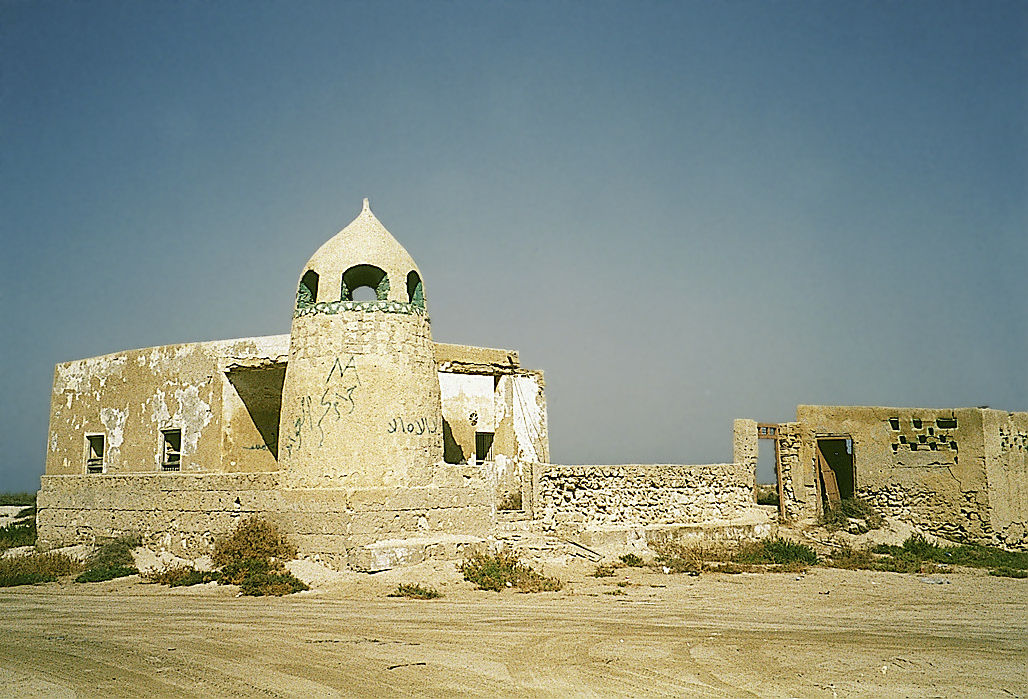Contact
- Dhayah Fort, Al Rams Road, Dhayah, Ras al-Khaimah, 16095, United Arab Emirates
- +97172339900
- +971 7 2331000
- rakheritage@musuem.rak.ae
- rakheritage.rak.ae/en/Pages/Dhayah-Fort.aspx
19th century fortress
With a backdrop of steep mountains, the bay of Dhayah has always been a very fertile area and has been settled in at least since the third millennium BC.
A conical shaped hill at the edge of the palm gardens and at the foot of the mountains, served as a natural defense post for the oasis. People have used this hill since prehistoric times for settlement and fortification alike.
Today it is crowned by a fortress, built during the 19th century on the foundations of much older structures. It is the only hilltop fort still existing in the UAE and offers a fantastic view of the lush palm gardens, the sea and the dramatic mountains.
Dhayah Fort played a major role as the last point of resistance during the British attacks in 1819 against the tribes of Ras Al Khaimah. Although the British troops were able to surround the hill, they could not reach the fort itself because of the steep flanks, which made it difficult to climb. The defending tribes felt relatively safe against the British invaders because normal canons could not reach this hilltop fort. The situation changed when the British eventually decided to move their biggest canon to the foot of the hill. After its difficult journey from the ship through muddy mangrove swamps, only two shots were finally needed to force the local tribes to surrender.
A few years later, the present fort was built from stone, mud brick and mortar on the remains of the old fort. It was carefully restored in the 1990’s and can be easily visited today via a stairway. On the limited space available there are two towers facing one another across a small courtyard, surrounded by a wall. Dhayah Fort served as a short term defense structure during attacks on the oasis. It could not be used domestically because, not only did it lack space, but also water. No cistern or other water supply exists in or around this defensive structure. In addition, a second bigger fort, built from mud bricks, is situated at the foot of the hill. This was used as a retreat (“Sur”), where the people living and working in the palm gardens could gather with their animals to defend themselves in times of danger.
Furthermore, single watch towers built in the palm gardens themselves, helped to secure and guard the area. The combined use of all three fortifications, the hilltop fort, the “Sur” and the watch tower, ensured optimal defense of the fertile oasis of Dhayah and can be seen as a sophisticated way to protect the dispersed population of the oasis.


